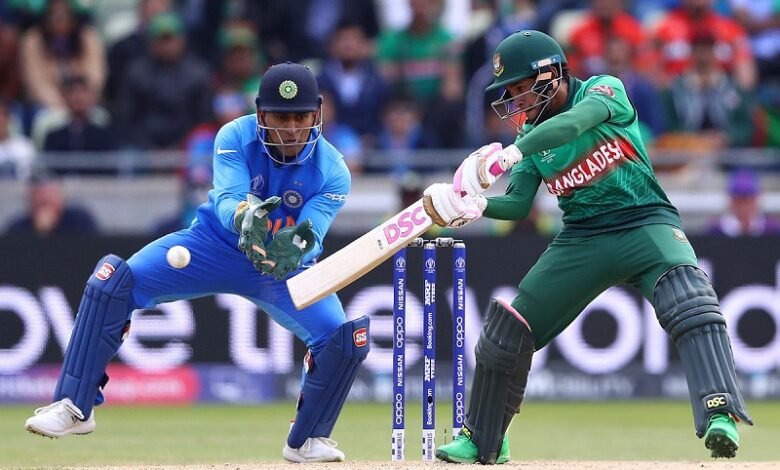The Evolution of the Wicketkeeper’s Role in Cricket: Beyond Just Catching

In cricket, the role of the wicketkeeper extends far beyond just catching balls behind the stumps. Considered the lifeline of any fielding unit, a wicketkeeper plays a crucial role in guiding the bowlers, managing field placements, and boosting team morale. This pivotal position is exemplified by players like MS Dhoni, celebrated not only for his keeping skills and batting prowess but also for his astute game sense and control over the game dynamics.
As cricket evolves, so too does the role of the wicketkeeper, incorporating innovative communication tactics. The introduction of the Decision Review System (DRS) has heightened the keeper’s role in decision-making, where their conviction in supporting or refuting a bowler’s appeal can sway the game’s course. This dynamic showcases how keepers like Nicholas Pooran of the West Indies contribute strategically to their team’s performance.
During a recent T20 World Cup 2024 Super 8 match against England, Pooran displayed an innovative approach to communicating with his bowler, Akeal Hosein. Observers noted intriguing hand gestures from Pooran to Hosein, deciphering a pattern that indicated the type of delivery Hosein was to bowl. For instance, a lateral movement of gloves followed by clapping signaled a loopy left-arm spinner’s delivery, while stationary hands and a single clap instructed an arm-ball—quick and angled towards the batsman.
This method of communication, while novel in cricket, draws parallels with practices in other sports like Baseball. In Baseball, catchers use finger signals to communicate with pitchers about the type of pitch to deliver—such as fastball, curveball, slider, or changeup. Similarly, in Tennis and Badminton doubles matches, players use covert signals to strategize during serves, aiming to outwit their opponents.
The adaptation of such techniques in cricket underscores the wicketkeeper’s evolving role as not just a guardian of the stumps but a strategic communicator on the field. Pooran’s innovative gestures exemplify how modern keepers integrate tactical insights into their gameplay, enhancing their team’s competitive edge.
While traditional aspects of wicketkeeping such as catching remain crucial, the ability to influence strategy through subtle cues marks a new era in the sport. As cricket continues to innovate, the role of the wicketkeeper evolves, blending traditional skills with contemporary tactical acumen to shape the game’s future.
In conclusion, the wicketkeeper’s position in cricket is evolving beyond its traditional boundaries, embracing innovative communication tactics that enhance team strategy and performance. Players like Nicholas Pooran exemplify this evolution, bringing fresh insights and strategic depth to the art of wicketkeeping in modern cricket.






